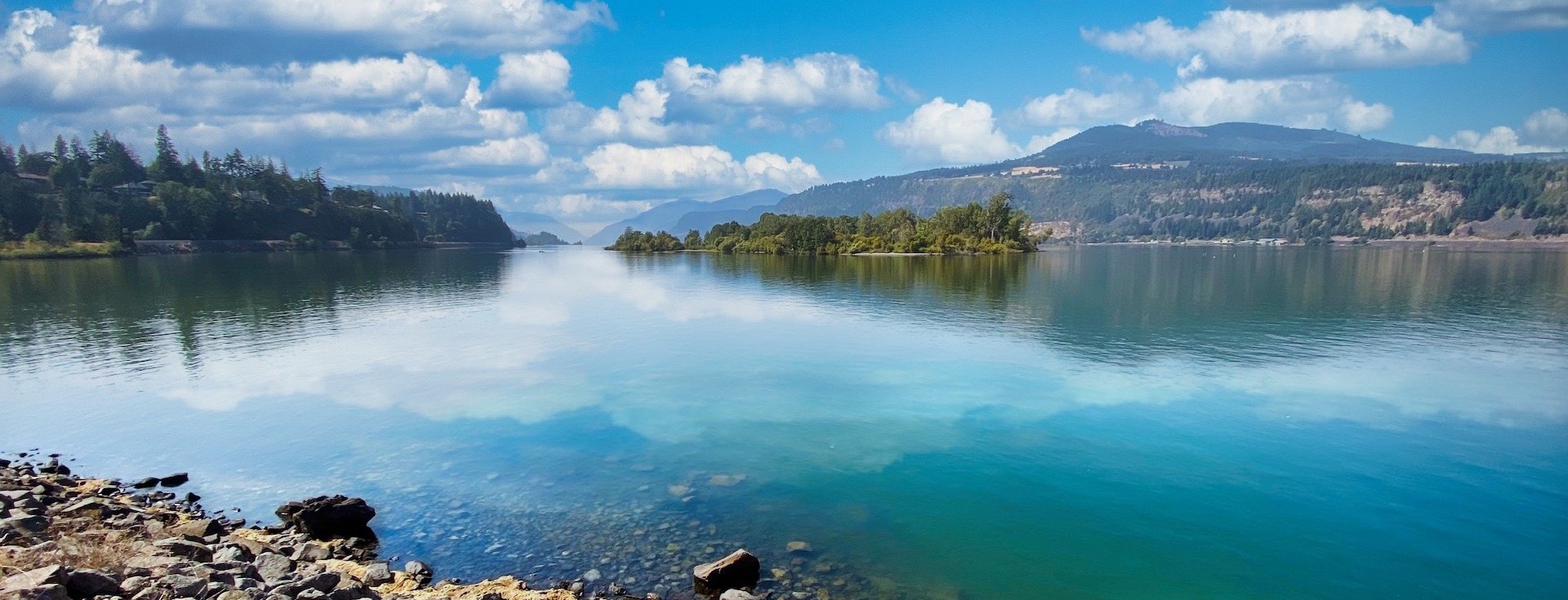

A world-class landscape that extends more than 100 miles east of Portland, where the Columbia River carves a dramatic canyon between the states of Oregon and Washington
This is the Columbia River Gorge, largest national scenic area in the United States: a land of natural contrasts between rain forest and desert, sea-level passage and alpine meadows.
A network of hiking trails climbs from lowland forests to windy ridges on both sides of the Gorge. The river itself hosts the best boardsailing conditions this side of Hawaii, and the nearby snowcaps of Mt. Hood and Mt. Adams offer downhill and cross-country skiing well into spring. Yet the Columbia Gorge is also home to more than 70,000 people, and they've created a rich culture.
There are historical museums and art centers, fine dining, theatres, wineries, a wealth of recreational opportunities and much more. When Congress established the Columbia River Gorge National Scenic Area in 1986, it recognized two goals: preservation of the natural environment and enhancement of the local economy. Since that time, scenic area managers and local communities have worked to find the balance between those two disparate, yet complementary goals.
The Columbia Gorge is also a place of history. Its geologic origins date to massive flows of lava millions of years ago, carved much more recently by tremendous icy floods at the end of the latest glaciation. Native Americans settled here at least 10,000 years before the first European explorers. Lewis & Clark came down the Columbia Gorge, and the Oregon Trail pioneers followed soon after, pausing briefly before continuing their journey westward. Sternwheelers and railroads, hydroelectric dams and aluminum plants became the engines of later industry.
All this and much more is explained in detail at the region's interpretive centers in The Dalles and Stevenson, as well as historical museums in communities throughout the Columbia Gorge.

